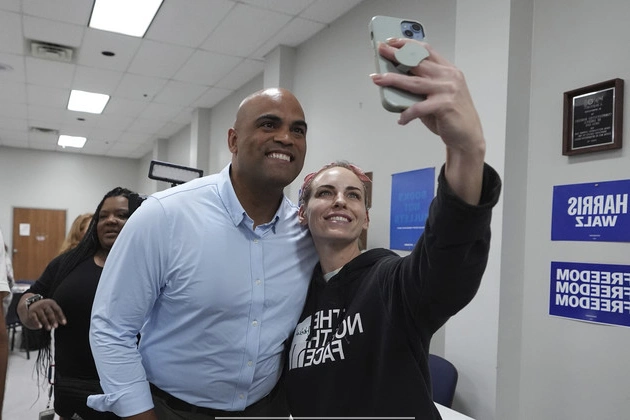
Republicans are leveraging their domestic policy megabill to incorporate fresh tax breaks in a bid to enhance tax refunds, stimulate the economy, and bolster their political prospects in the lead-up to next year’s midterm elections.
Their proposal entails allocating over $200 billion towards tax cuts this year, alongside extending the 2017 tax cuts set to expire at year-end, which might go unnoticed by many taxpayers.
Key Tax Inclusions
The enhanced Child Tax Credit, expanded state and local tax (SALT) deductions, and various other incentives would retroactively apply for this tax year, allowing individuals to claim them in next spring’s tax returns. Additionally, businesses stand to benefit from a plethora of backdated tax reductions.
Projected Impact on Taxpayers
An estimated two-thirds of filers are poised to receive an average additional $1,200 next year, as per the nonpartisan Tax Policy Center’s projections. However, this figure may face reductions in the Senate. While Republicans are highlighting these forthcoming advantages to voters, Democrats are criticizing the disproportionate benefits favoring the wealthy and the minimal relief for low-income individuals.
Political Strategy and Challenges
The tax add-ons aim to address a significant political hurdle for Republicans in this year’s tax discourse: predominantly extending temporary provisions that people have long utilized. By introducing new provisions, Republicans seek to ensure prompt financial benefits for voters and counterbalance the anticipated economic fallout from President Trump’s trade policies.
However, this strategy is not without drawbacks. The additional tax cuts escalate the bill’s expenses amidst mounting concerns over government debt. Notably, the plan to raise the SALT deduction cap to $40,000 from $10,000 could incur substantial costs, prompting Senate Republicans to consider reducing it to $30,000.
Public Perception and Administration Challenges
Despite these efforts, there’s no guarantee that the plan will yield political dividends, given the historical indifference of voters towards prior tax cuts. The rushed legislative process poses challenges for Treasury and the IRS, necessitating swift clarification of the provisions for public understanding.
Republicans are striving to expedite the bill’s passage to President Trump’s desk before the July 4 recess, although delays are plausible. Speculations abound regarding potential direct payments to taxpayers akin to past initiatives, although current plans do not include such provisions.
Conclusion
In addition to enhancing the child credit and SALT deduction, Republicans propose augmenting the standard deduction for couples and introducing various new benefits. While the majority would witness tax reductions under the GOP plan, disparities in benefits among different income groups are expected due to the targeted nature of the incentives.
Overall, individual tax cuts are projected to amount to approximately $140 billion this year, while businesses stand to gain from retroactive breaks on research, investment, and interest expenses. As the legislation unfolds, clear guidance from the administration will be crucial for taxpayers to leverage the new benefits effectively.











